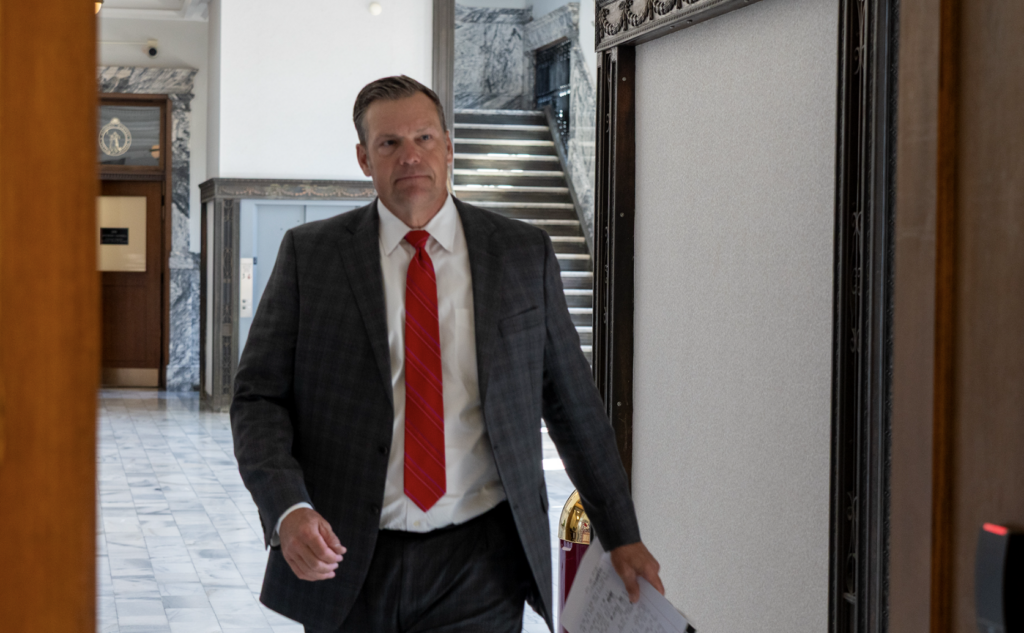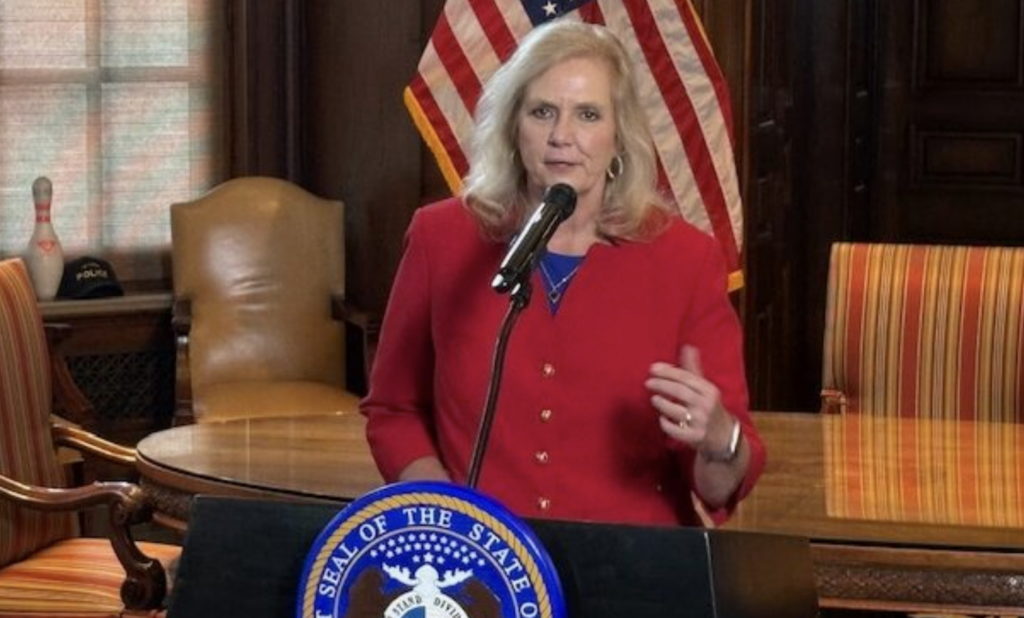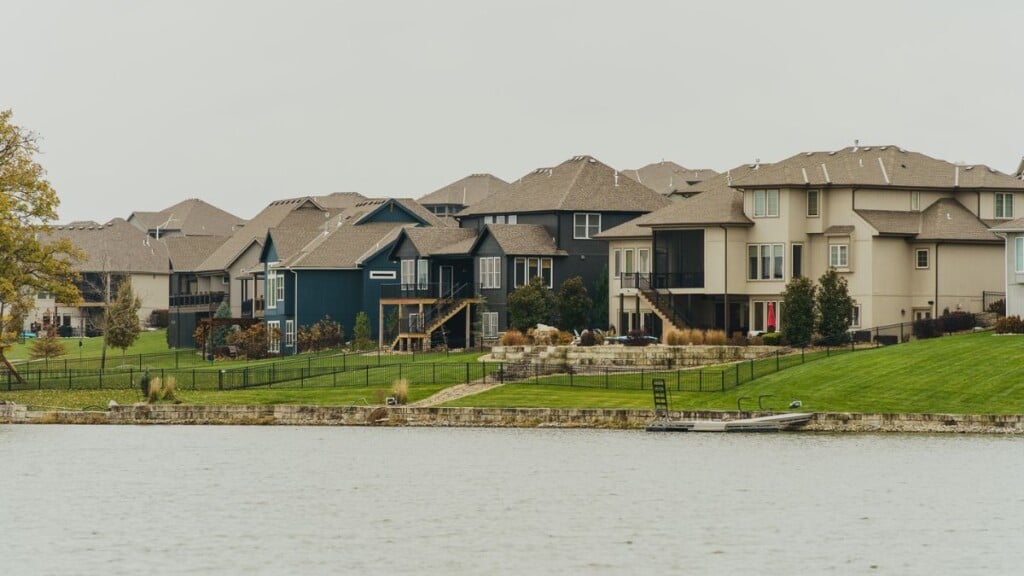KC Voices: Be Gay, Do Crime.
In the KC Voices column, we ask members of the KC community to submit stories about their thoughts and experiences in all walks of life. If you’ve got a story you’d like to share with our readers, please send it to brock@thepitchkc.com for consideration. Today, Assistant Professor of Sociology at the University of Missouri-Columbia, Christopher T. Conner, weighs in on Midwest struggles in the fight for queer acceptance.
One of the things that has historically united the LGBTQ+ community is that, no matter how far we climb, we remain outsiders—labeled as deviants. This shared marginality, which none of us can fully escape, has long been a source of connection. Nearly 60 years ago, sociologist Howard Becker wrote about this process among jazz musicians in Chicago. While they were celebrated in the halls where they performed, they remained highly marginalized outside those spaces. Case in point: in Las Vegas, legendary Black performers like Sammy Davis Jr. could headline onstage but were often barred from staying in the very hotels where they performed.
Many LGBTQ+ people know this feeling all too well. We are adored when it is politically convenient to appear progressive, and shunned when those same “progressives” are asked to act in our interest. It is a reminder that we are always a minority, even if some of us would prefer to forget it. Yet, it is precisely this marginalization—this labeling of us as deviant—that has allowed us to flourish. Our story as a community is one of positive deviance.
While deviance often connotes danger, perversion, or pathology, within subcultural studies it can be a badge of honor. In sociology and criminology, we talk about “rebels,” those who refuse to conform and instead build their own cultures, values, and goals. For many LGBTQ+ people, this has meant reimagining family, friendship, kinship, relationships, and even sex itself. Monogamy, historically denied to us through both legal and religious exclusion, created space for us to explore alternative ways of loving and desiring. Family members who shunned us forced us to construct new forms of kinship—what Peter Nardi (1999) called “gay men’s friendships” and what Vanessa Panfil (2017) described in her ethnography The Gang’s All Queer as both protective and profoundly intimate systems of queer care.
As Kevin UltraOmni put it in How Do I Look, the unofficial sequel to Paris Is Burning, “We created our own world because we were not invited into theirs.”
Sociologist Stephen O. Murray, in his extensive comparative work on homosexuality across cultures, insisted that same-sex desire and community must be understood within their specific social contexts—not as universal identities but as historically and socially situated practices. His ethnographies revealed how systems of power, stigma, and deviance shaped the formation of queer worlds—sometimes clandestine, sometimes celebratory, but always responsive to the dominant culture. In that spirit, queer culture’s deviant status is not a static condition, but a dynamic process of resistance and reinvention. What might appear transgressive in one era becomes tradition in the next.
Philosopher Herbert Marcuse, writing from within the Frankfurt School, offered a theoretical foundation for this kind of sexual and emotional rebellion. In Eros and Civilization (1955), Marcuse argued that the repression of erotic life was a cornerstone of capitalist domination, and that the liberation of love and pleasure was essential to building a freer society. He called for a world in which desire could be expressed playfully, non-repressively, and creatively. Queer relationships—often forged outside biological families, normative scripts, and capitalist institutions—represent precisely the kind of liberated eroticism Marcuse envisioned. In this sense, queer love is not only deviant by societal standards; it is politically and philosophically emancipatory.
Contemporary drag culture developed precisely because queer and trans people of color were excluded from nearly every other space. Their response was to build a fierce, fabulous, and defiant world where gender was a costume, family was chosen, and performance was power.
This defiant energy lives on in today’s queer meme culture—especially in the now-viral phrase: “Be Gay, Do Crimes.” This simple slogan captures a long history of criminalized queerness—when love itself was illegal, when gender nonconformity was policed—and turns it into a rallying cry. It doesn’t literally advocate lawbreaking. Rather, it mocks the absurdity of how queerness has always been treated as dangerous, deviant, and criminal. And instead of hiding from that legacy, it embraces it with camp, sarcasm, and pride.
Queer culture thrives in the margins of defiance. At times, everything about us—our love, our clothing, our voices—has been labeled criminal. Drag has long served as both a spotlight and a shield: a way to make activism theatrical, joyful, and disruptive. From Harlem drag balls to ACT UP’s die-ins, from protest cabarets to the Sisters of Perpetual Indulgence’s holy chaos, culture has never been an accessory to queer resistance; it is the resistance.
While cities like New York and Chicago are often credited as epicenters of queer culture, Kansas City is frequently left out of the conversation. And yet, Kansas City boasts one of the longest continuously running traditions of drag in the United States. The roots of this tradition stretch back to the Prohibition era, when jazz and speakeasy culture flourished under political boss Tom Pendergast. At a time when other cities cracked down on drag during the so-called “Pansy Craze”, Kansas City’s more permissive and vice-friendly atmosphere allowed queer performers to thrive in clubs, cabarets, and underground stages. Pendergast, himself a deviant of another kind, used his mob ties and political control to create a city that famously thumbed its nose at federal Prohibition. In this atmosphere of tolerated lawlessness, LGBTQ+ culture—with its deep ties to art, music, and performance—found room to breathe. It’s no coincidence that one of the earliest national LGBTQ+ rights meetings took place here in 1963, six years before Stonewall.
The outlaw-renegade spirit isn’t new to this region. The Midwest has always nurtured cultural and political nonconformity—if you know where to look. In Lawrence, beat writer William S. Burroughs lived from 1981 until his death in 1997—the longest he ever stayed in one place. And scholar Brooks Blevins has written extensively on how the Ozarks and the broader Midwest became fertile ground for the development of the American outlaw myth. These are not just tales of frontier bravado; they are cultural scripts that legitimize resistance, eccentricity, and subversive self-making. To be queer in the Midwest is to step into that same legacy of beautiful defiance.
This spirit still pulses through Kansas City today. Here, you’ll find drag queens who sing opera, who are classically trained musicians, who push the boundaries of performance art with the same flair that defined the queer underground a century ago. It’s a place where deviance becomes art, and that, perhaps, is the most enduring Midwestern tradition of all.
Much like the punks of the 1980s who refused aesthetic assimilation, today’s queer meme-makers carry forward a legacy of subcultural resistance. They take the tools of capital—image, repetition, virality—and turn them inside out. They craft culture that resists commodification by refusing coherence, refusing polish, refusing to sell. These practices are not just rebellious; they are forms of positive deviance, where the marginalized do more than survive, creating new worlds through refusal, wit, and reinvention.
We live in a time when Pride floats are sponsored by weapons manufacturers, when drag queens are demonized by state legislatures, and when algorithmic culture flattens every sharp edge. But we also live in a time of immense creative possibility. A meme is an idea with reach—it can move millions. It reminds us that queer resistance is still alive, still laughing, still ready to fight. It also reminds us that we need queer culture now more than ever—not a sanitized, commodified version of it, but one rooted in authenticity, disruption, protest, and radical love.
This is the essence of positive deviance: transforming marginality into movement, stigma into strength, repression into resistance. Culture has never been a sideshow to politics. It is the frontline, and always has been.






